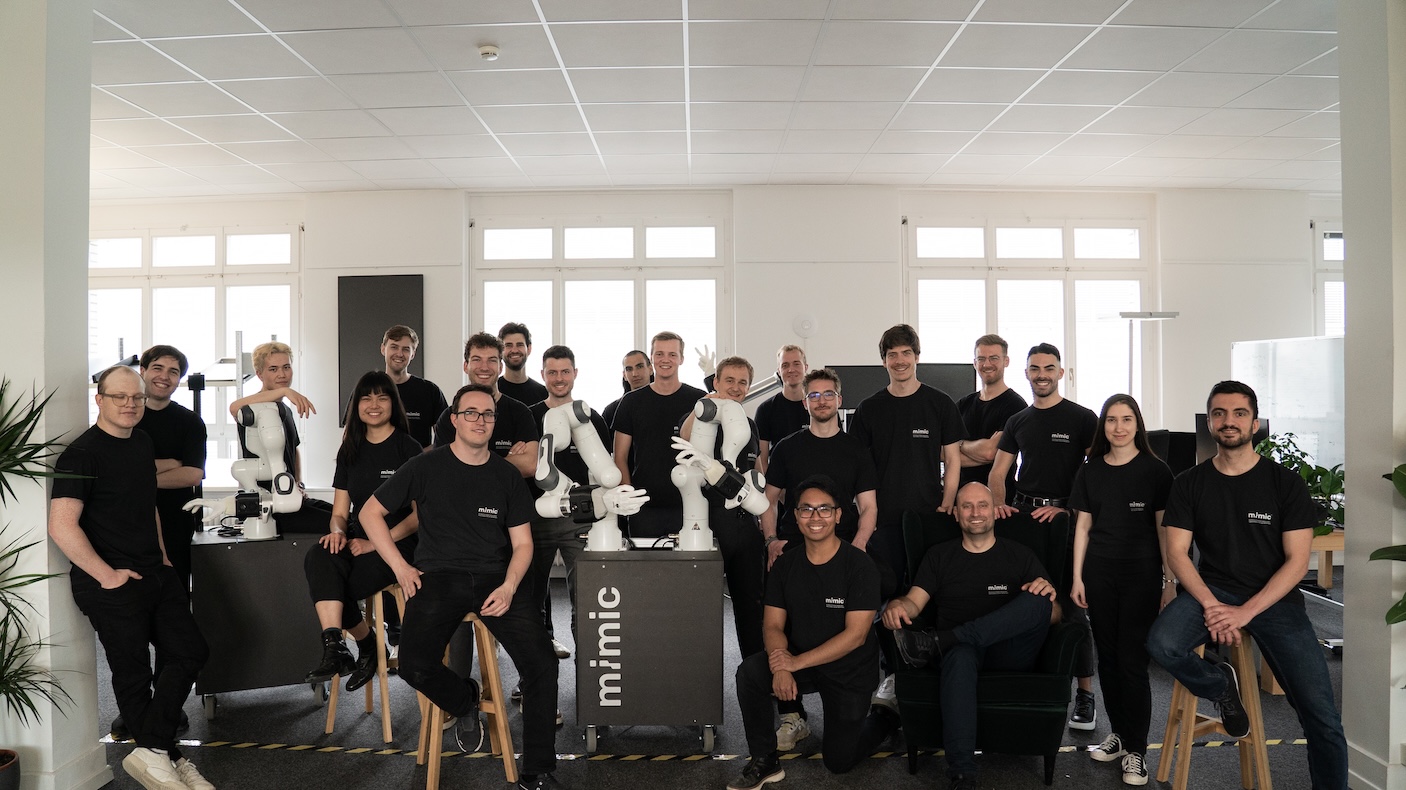Finding a Market in Deep Tech
As a Deep Tech seed investor, I meet many entrepreneurs with outstanding technical backgrounds. While developing innovative technical solutions is intuitive to founders, building an initial beachhead market can be daunting. How to identify the right market and start acquiring customers in Deep Tech? Find out what I learned from over 300 founder meetings in the last 12 months.
Find the Most Promising Starting Market
According to CB Insights, ‘no market need’ is the top reason why startups fail.
So, in the early days, your priority is to secure a few referenceable customers in an attractive market and showcase the value of your product. Identifying the best possible initial market, and validating a market need are crucial first steps. This is especially true in Deep Tech, as it is hard to predict customer acceptance and widespread usage of disruptive technology.
Some founders may have already identified a market need based on their own experience or may have been approached by potential customers. Yet, ask the question before jumping in: Could there be better prospects (larger, growing, and more profitable markets) for your unique technology?
But answering this question takes time and bandwidth. Instead of taking a step back to understand the market opportunities, founders often try to run before they can walk. This may create the necessity for a costly pivot down the line. I recall meeting a founding team who, after four years of targeting the wrong market, had only one customer and found themselves burning through resources with minimal useful output and considerable business risk.
To avoid suffering a similar fate, I recommend founders think broad in finding an initial set of market opportunities by:
1) Characterizing unique abilities of the tech — independent of their application in a specific product, and list what these abilities can accomplish
2) Then searching for different possible applications that these unique abilities can establish and the types of customers who may need them
You’ll then want to evaluate market attractiveness for each opportunity. My favorite way of finding the Gold-Mine opportunity is by evaluating each of the identified markets along two dimensions:
- Potential for value creation
- Challenge in capturing value

Don Valentine, the legendary founder of Sequoia Capital, said “Great markets make great companies.” Pick a primary market with the highest potential and the least amount of challenges. Other markets are reserved as backup options, ensuring maneuverability. Critically assess the upside and obstacles for the different markets before starting the next step.
Know Thy User
Now that you have a market, you want to know your target user. It’s useful to articulate this upfront via user personas and align your team to these. Since you don’t want to put all your eggs in one basket, start with 2–3 personas. Here’s a solid template from Hubspot.
Successful founders “cross the chasm” by dominating a niche and expanding from this strong position. Develop the product for the few first. If you don’t have users yet, talk to a few types of people who might be interested in your product. Your early adopters will tick-off the following criteria:
✅ Has the problem
✅ Is aware of it
✅ Is actively looking for a solution
✅ Tried hacking together a DIY solution
✅ Has or can acquire a budget to pay if a good solution comes his/her way
Run a structured and focused process to validate their pain-points in a neutral, non-sales environment. You need to get answers to a consistent set of questions, but it is challenging to know where to start. Here are the main themes to understand your ideal customer:
- Problem discovery: Understand your prospect’s current process and workflow as they relate to your solution.
- Problem validation: Determine what challenges exist with status-quo, and how they’re trying to solve this.
- Success criteria: Understand what is important to them, and what success looks like for a new solution.
As you find these significant signals, you can proceed with learning more:
- Pricing: Ask what they think is an acceptable and expensive price for a product that solves the problem and the budget allocated for a solution in a similar category.
- Information habits: Figure out what platforms, conferences, events, influencers your customer spends time with.
- Decision-makers’ criteria: Find out who makes the decisions, who the economic buyer is, and understand their motivations.
Build 1-on-1 relationships with your most engaged users and stay focused on their pain-point. These are some great practices I identified from customer-centric founders: Ask effective, open-ended questions, and really listen. Learn their language. Ask users why and how they’re using your product either via 1:1 conversations, surveys, or customer advisory boards.
Customers Care about the Value your Tech Brings
As a software engineer, I get the excitement of wanting to tell others about the features you worked so hard building. However, articulating and staying focused on what value you deliver and for whom is what truly matters.
Have a clear and simple value proposition. Here’s an example ad-lib to shape yours:

Get in Front of your Potential Users
Now that you know your customers and the value your product brings you can start selling. I’ve seen many creative tactics to engage with users. Start experimenting with a few of these and iterate based on what works:
- Create content to show your expertise and success stories in publications, websites that your customers read (blogs, webinars, industry reports, case studies, testimonials).
- Participate as experts at conferences, events, podcasts, community forums where you can reach your customers.
- Get feedback from influencers and ask them to talk about your product.
There is no one size fits all. The goal is to build awareness, learn, and construct a foundation for scalable automated tactics as you figure out what works. Early-stage success requires an experimental mindset and an honest dialogue with potential customers. Follow the data, and double down on what works.
Here’s the TL;DR version to provide great initial focus on high potential customers:
- Look at the bigger picture and evaluate the attractiveness of multiple markets first before narrowing down.
- Define a target user, have an open dialogue with them. Deaf startups die faster!
- Speak in terms of benefits and value for your customer, not just features.
- Immerse yourself where your user spends time and get in front of them.
- Do things that don’t scale. Double down if something’s working.
- Shape your pricing tests based on an anchor price and an upper bound.
- Finally, make it easy for users to spread the word either by creating content that is easy to share or discounts on a product they already use.
References:
- For more insights on choosing the best possible starting market for your innovation, read the book “Where to Play” that provides an easy-to-use framework to help you pick the most valuable market before you begin customer discovery.
- For more in-depth information on Customer Development, read the book “The Four Steps to Epiphany” that started the whole Lean Startup movement.
- To ask the right questions to investigate and validate customer pain-points, I recommend the book “The Mom Test”.
Learn more about the Speedinvest Deep Tech team and sign up for our newsletters to get our exclusive content delivered straight to your inbox.













.svg)
